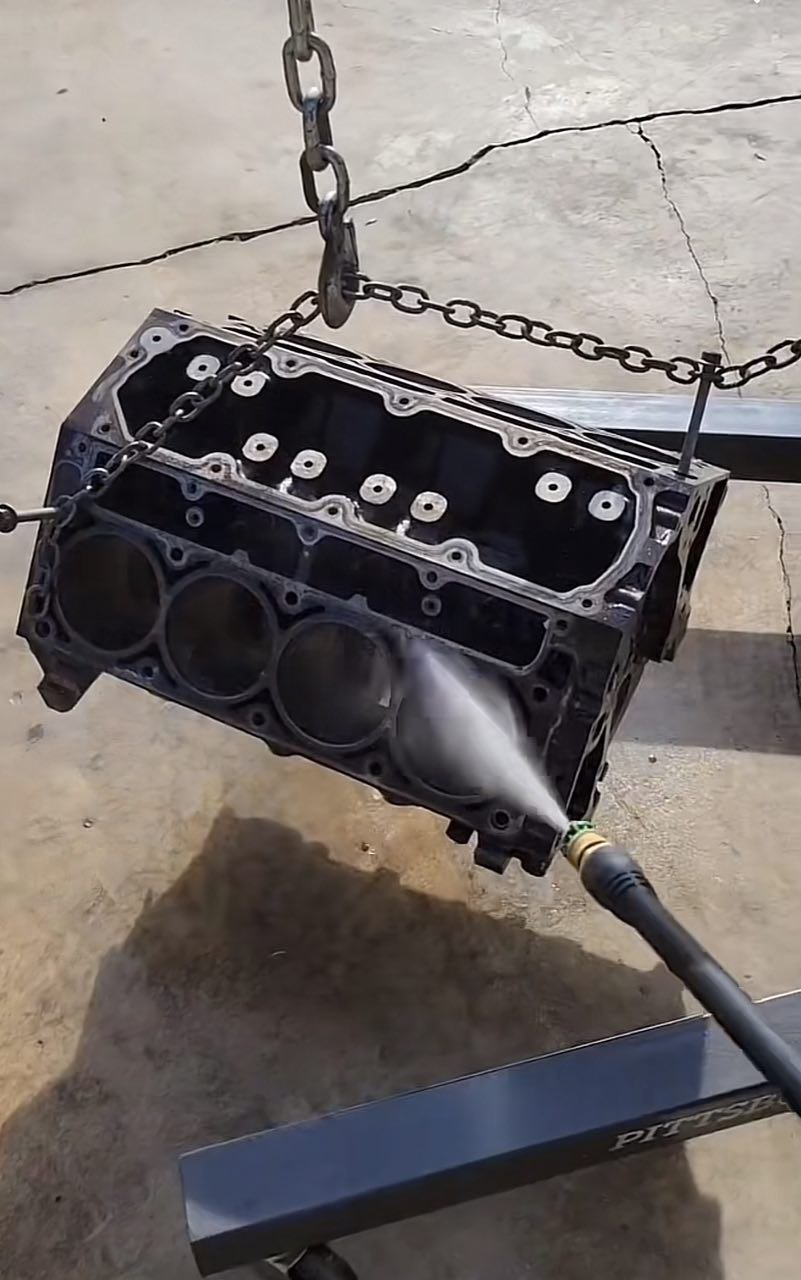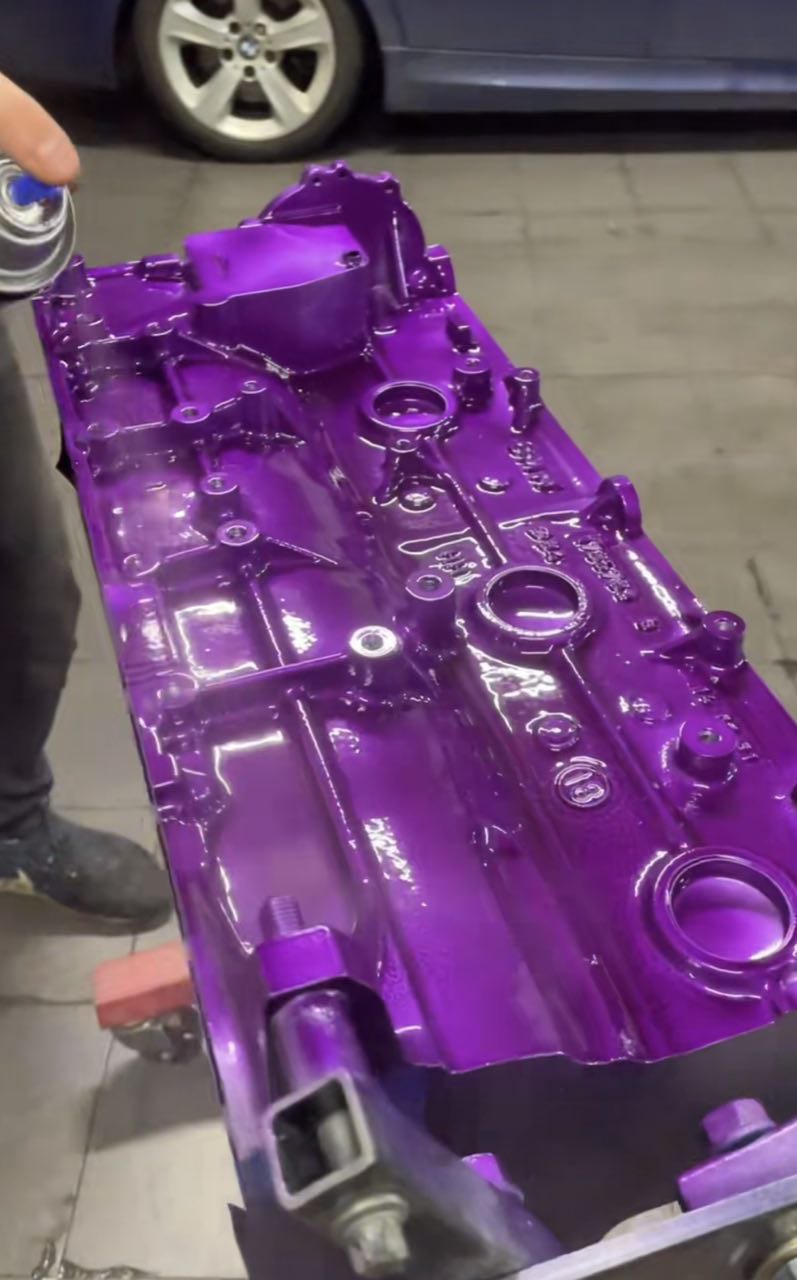Painting an engine is a great way to spruce up the appearance of your car or truck. It’s inexpensive and can be done in the afternoon with suitable materials and tools. While it may initially seem complicated, painting an engine is quite easy once you get the hang of it. This guide will take you step-by-step through the process so you can complete this task successfully and end up with a professional, clean look for your vehicle’s engine compartment.
Preparing for the Painting

After successfully preparing your engine for the painting process, the next step is to prepare it specifically for painting.
-
Applying Primer: The first step in this stage is to apply a primer. The primer helps ensure that the paint adheres properly to the metal surfaces of your engine. It also provides an additional layer of protection against rust and corrosion. Use a brush or spray can to evenly apply a coat of primer, ensuring that all areas are covered.
-
Sanding Your Primer: Once the primer has dried, use fine-grit sandpaper (usually around 220-grit) to smooth out rough spots or drips from the primer application. This will help ensure a smoother finish when your paint is applied.
-
Applying a Sealer and Undercoat: After you’ve sanded down your primer, you’ll need to apply a sealer and undercoat. The sealer helps protect against any future staining or damage from chemicals. At the same time, the undercoat provides an extra layer of protection against rust and corrosion and a base color for your top coat.
Painting the Engine
Now that you have successfully prepped your engine, it’s time to get painting!
-
Choosing Paint Colors: When choosing what color to paint your engine, consider what will look best in contrast with other parts of your car’s interior. High-heat-resistant paints designed for automotive engines are recommended because they can withstand high temperatures and resist chipping and peeling over time.
-
Spraying on the Paint: An aerosol spray can even coat all parts of an intricate engine compartment. Hold the can about 12 inches away from the surface area, then move in steady strokes from one side towards another, making sure not to miss any spots.
-
Letting the Paint Dry and Curing: After applying at least two layers of paint (waiting for each layer’s recommended drying time), allow it several days (usually 3-7) before starting up the vehicle again so that the paint fully cures without being disturbed by heat or vibration caused by running motor.
Final Touches
The last step is adding finishing touches to your engine to make it look even better! Bead blasting is an excellent way to give your engine a smooth, glossy finish without needing to do any sanding or priming beforehand. Bead blasting involves using a specialized machine to spray small glass beads at the surface of the engine, removing any imperfections and adding shine. Once you’re done bead blasting, it’s time for a coat of wax to protect the paint job from damage due to moisture or wear and tear while also giving it a beautiful finish. Apply a thin layer of car wax over all painted surfaces and let dry before wiping away any excess with a clean cloth or rag. Also explore the best tonneau covers for Chevy Colorado in our comprehensive review. From durability to ease of installation, we break down the top options to help you find the perfect fit for your vehicle’s needs.
Painting an engine is a great way to spruce up the look of your car or truck, and the right materials and tools can be accomplished in the afternoon. This step-by-step guide will quickly give you a professional, clean look for your engine compartment! Remember that safety should always be your priority when working on engines, so ensure all relevant precautions are taken before beginning any work. Good luck!


 Spraying on the Paint: An aerosol spray can even coat all parts of an intricate engine compartment. Hold the can about 12 inches away from the surface area, then move in steady strokes from one side towards another, making sure not to miss any spots.
Spraying on the Paint: An aerosol spray can even coat all parts of an intricate engine compartment. Hold the can about 12 inches away from the surface area, then move in steady strokes from one side towards another, making sure not to miss any spots.
Add Comment